Finding ways to incorporate sustainability into outdoor play environments for children can seem a difficult or overwhelming process when doing it yourself, even if you are just modifying – there are often unforeseen obstacles, questions and problems that come up and these can very easily turn into excuses or reasons why you should give up and just leave the space as it is!
Many early childhood educators tell me they just don't know where or how to start with guiding the children in their care toward becoming more eco friendly aware with playful hands on activities and environment changes. I get it…there is a lot of information out there about this topic right now but let's not lose perspective and worry about the fact that you hate gardening or have no space in your yard for chickens….there are so many ways to begin teaching about sustainability when outdoors!
You know you want to provide more learning opportunities and show evidence of a commitment to encouraging and embedding Eco friendly practices. But how can you do this on your own with a limited budget?
By going back to simple! Just like the other topics in this outdoor play design series I will share some ideas and strategies to help you at least get started and move forward at a pace (and cost) you can handle yourself! Just starting this series? You might find it useful to click on the link below to start at Part 1 first!
In Part 1 I showed you how to assess what you already have, what you want, why you want it and how you are going to make it happen. You can start the series HERE.
In Part 2 I shared tips, strategies and action steps to help get you started with the designing and creating part of your new natural outdoor play area. You can catch up here.
In Part 3 I talked about how to simplify and approach some of those common challenges and practicalities that you might come across when setting up your outdoor play space. Read it here now.
In Part 4 of this series I'm sharing some simple ideas, tips and strategies to guide you towards the creation of an eco friendly play and learning environment that offers consistent opportunities for children to gain an understanding of their earth and their impact on it. Introducing the concepts of sustainability certainly doesn't need to be difficult OR boring for educators and parents!
**As always with this series – I want you to know that I am in no way a qualified landscaper or designer of any kind…just a Mum and early childhood educator who understands how and what children need to embrace outdoor play…and I don’t mind getting my hands dirty in the garden, getting creative with recycled and natural materials or using some simple tools to save money!
Ready? Let’s jump into Part 4….
You probably already know that sustainability and becoming more eco-friendly can encompass a variety of actions including the common ones we tend to share with kids in our outdoor environments – recycling and gardening.
However, in our outdoor learning activities and spaces we can also incorporate the concepts of reusing, upcycling, bio-diversity and using our resources more responsibly by taking a little time to plan ahead and find ways to include children in fun hands-on activities that enable them to become active participants in their own learning about sustainability.
What happens when children participate in Reducing, Recycling, Upcycling and Bio Diversity activities?
- They are given the opportunity to think creatively and solve problems.
- They can clearly see how old can become new again with a little creativity and hard work. They are able to access opportunities to make their own resources, toys and games.
- Their actions lessen the impact on landfill.
- They explore ways to develop and show their respect for the environment.
- The experiences encourage children to use their imagination.
- Children learn to observe the world around them more closely, to experiment and investigate in different ways.
- They begin to understand how the land, plants, people and animals in their world are connected and depend on each other.
- They gain confidence, independence and a sense of achievement.
- They are able to explore relationships with living and non living things.
- They ask questions about why things happen and how things work.
- They feel empowered.
So now you understand why it's important let's take a look at how can you begin taking action towards sustainable practice outdoors …especially if you don't know where to start, feel confused about what sustainability even means or haven't been able to access much support in this area!
The trick is to begin to take a few simple steps and add small changes into your outdoor program, environment and routines over time. NOT by overthinking it, overcomplicating it and trying to do everything others are already doing all at once (because someone said that is what you should do to show evidence of embedded practice!!).
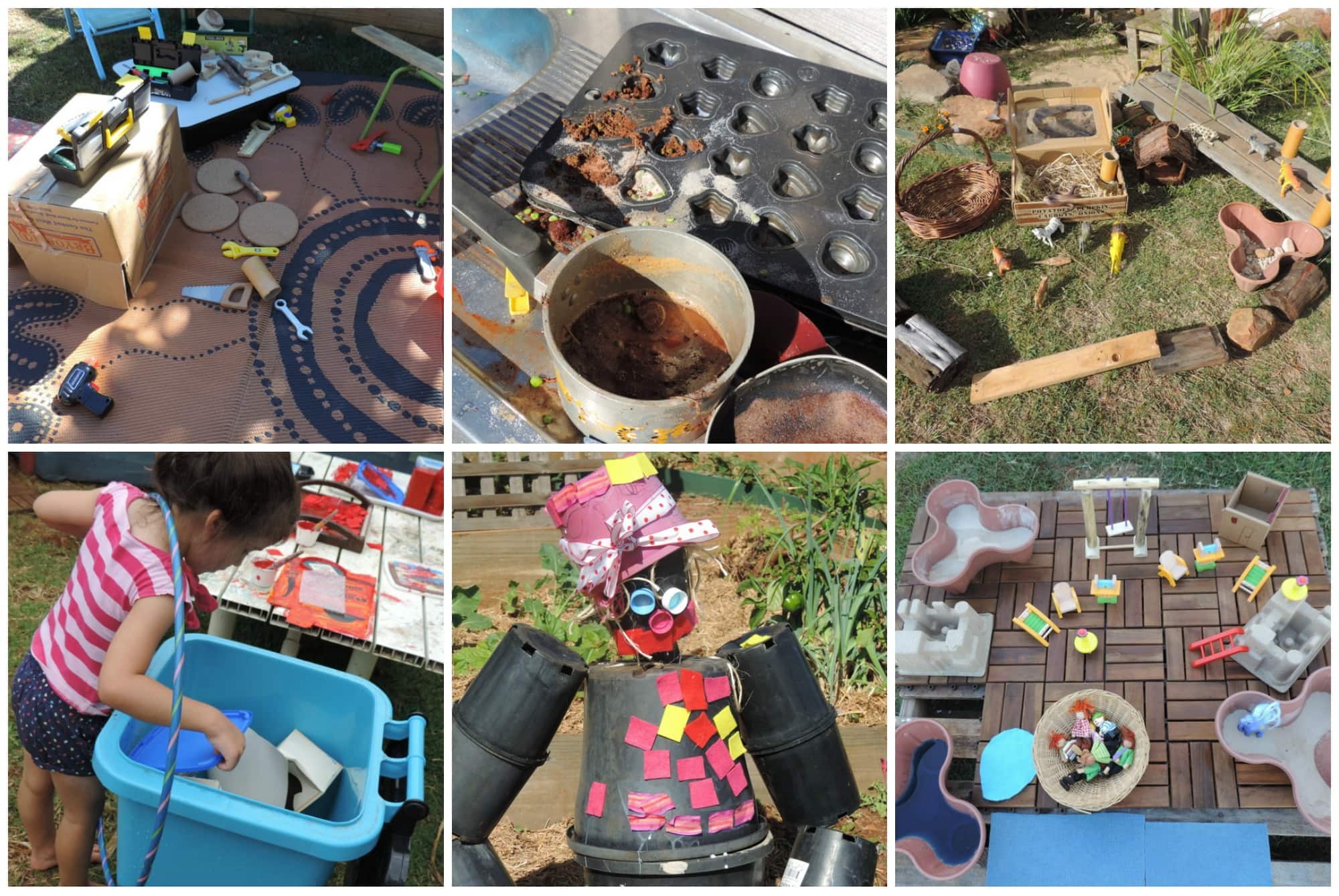
13 Easy Ideas to start incorporating sustainability into outdoor play spaces.
Is there something in the list below that you could try next week? Then something else you could add the following week or month?
- Model consistent eco friendly actions everyday whether indoors or outdoors. Include into your everyday language and routines so it becomes familiar for you and the children.
- Show children practical ways to reuse,reduce, recreate, upcycle – make it easy! Keep reading this article for more suggestions about how to do this!
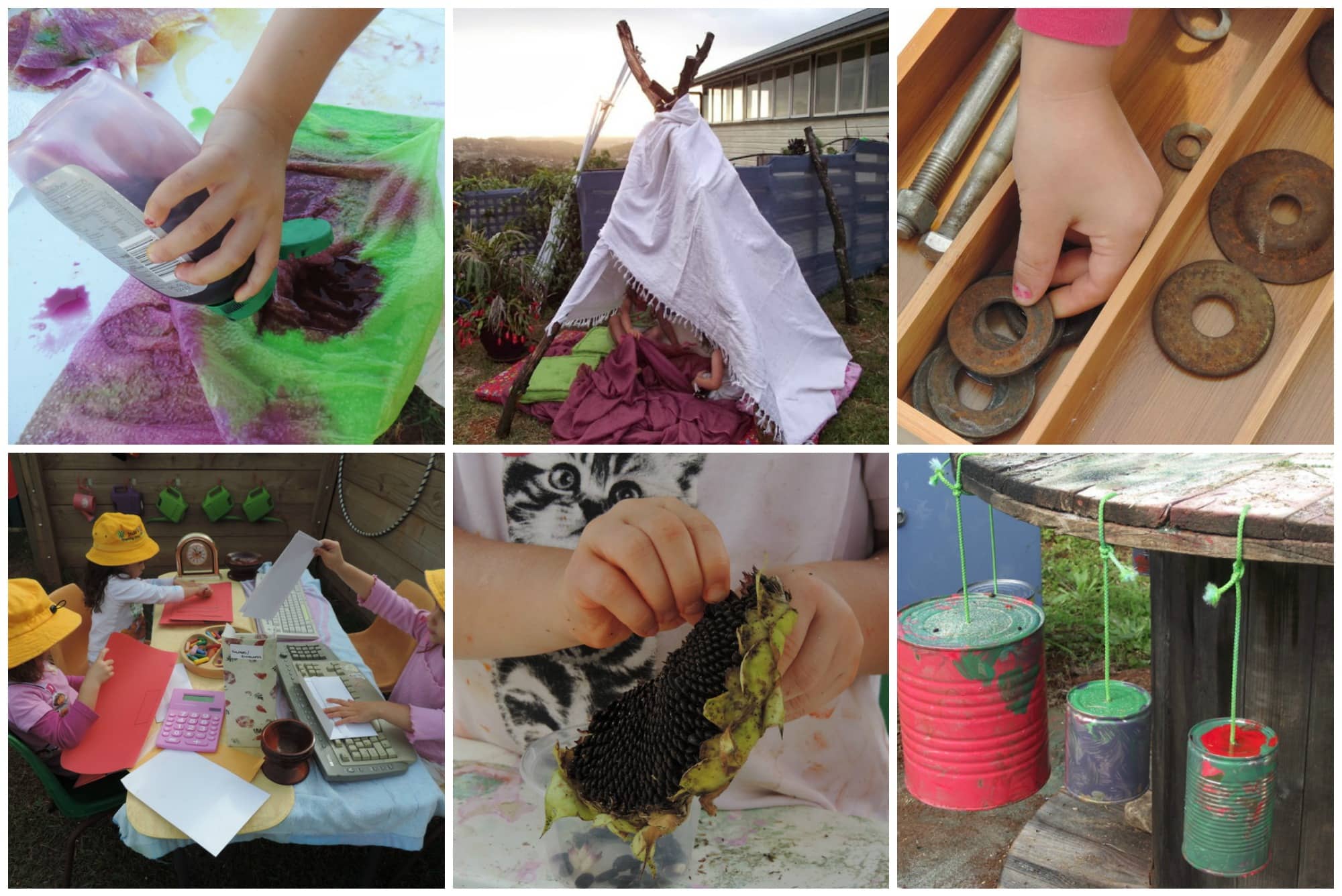
- Turn waste management into simple visual steps that can be easily achieved by different ages and developmental stages.
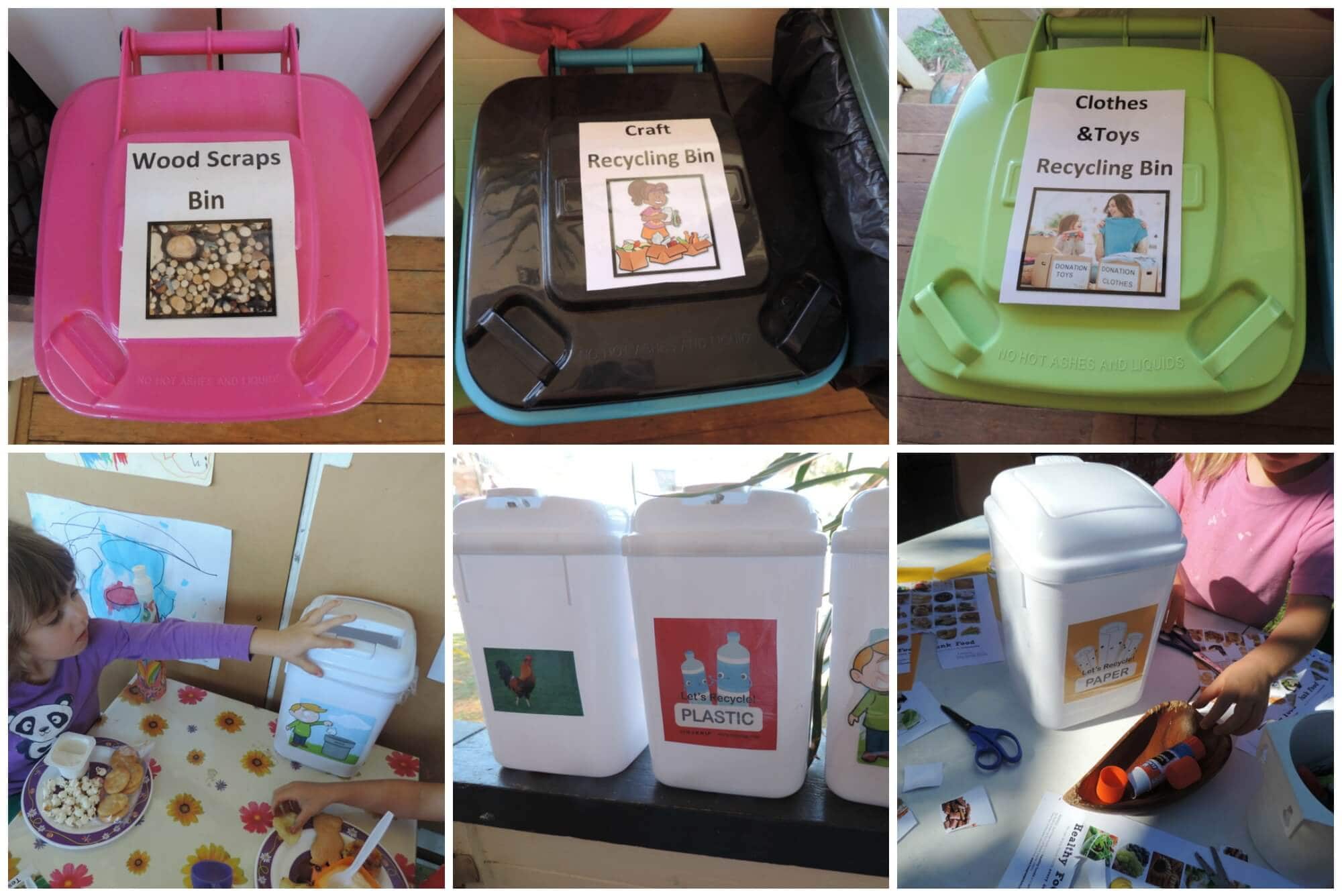
- Ignite a child's interest in gardening and how food gets to our plates by creating opportunities to demonstrate responsibility as they grow food, then harvest, cook it and eat!

- Embed hands on learning by introducing compost bins, worm farms, mulching, chickens and other pets to the outdoor environment.
- Foster invention and creativity by introducing loose parts & recycled materials to reuse. Try not to always pack them away but leave out in the yard so they can keep building upon their play and inventions.
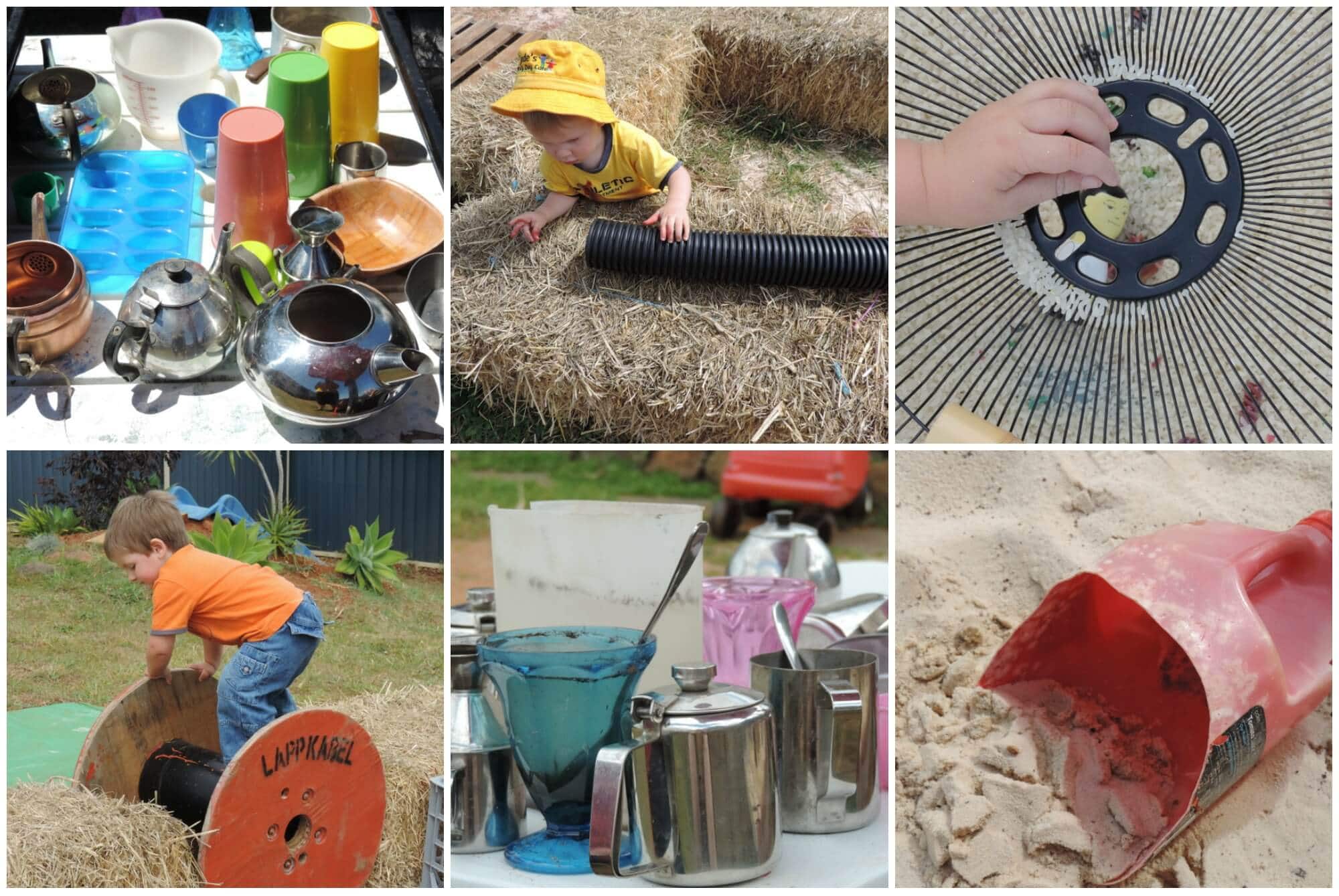
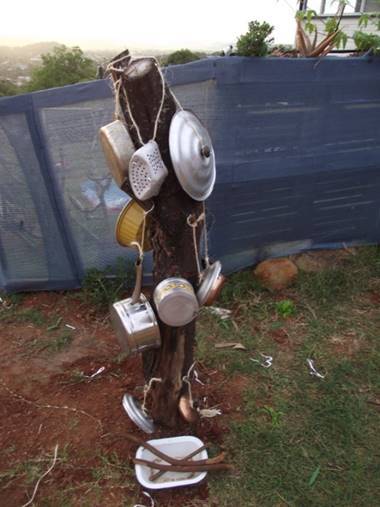
- Become green cleaners so children can help make supplies and also clean safely with you. Try some of these easy tips and recipes.
- Work together to make craft supplies like playdough, paint and paste from scratch.

- Embed simple measures and provide playful activities to help children understand the importance of water, the water cycle & how we use it.
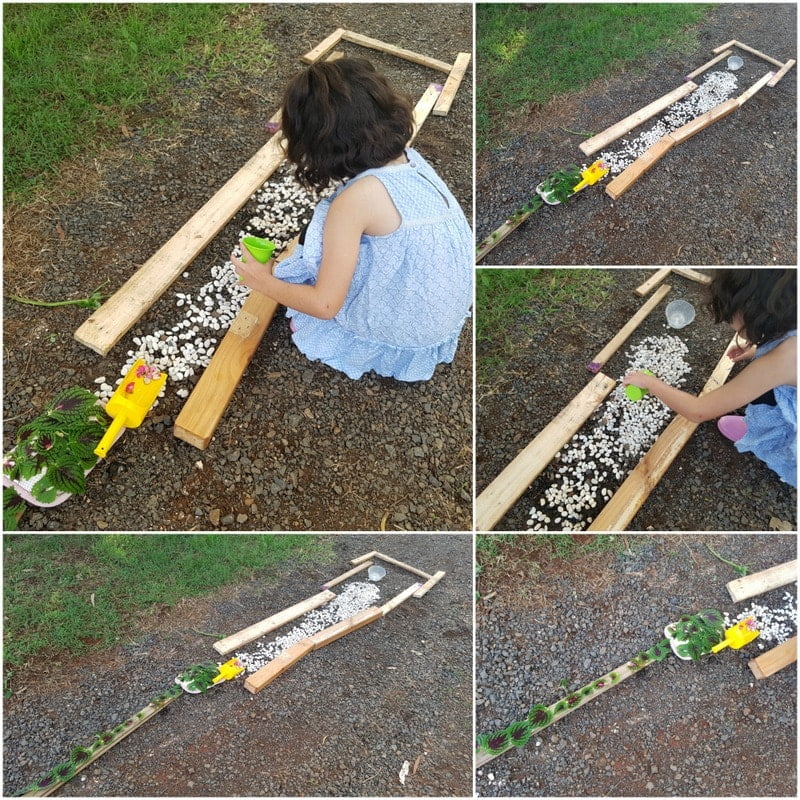
- Ensure the outdoor environment is nature aware through planting and spaces that encourage small creatures & biodiversity.
- Make children active participants in their learning about the world by sharing responsibility &jobs. Don't just show them how to do things – let them try, make mistakes, make decisions and persevere until they achieve their task.
- Find ways to invite family and community collaboration and sharing of resources and skills where possible.
- Continue the learning through the rest of your early learning environment and at home with books, songs, stories, dramatic play, creative fun, guides for parents, excursions and incursions, visual displays about what eco – friendly actions the children have been taking and the learning outcomes this play has led to.
Simple enough right? But let's break it down even further to help you decide where to begin and how to start taking action across a few different areas.
Investigating Living & Non Living things in the outdoor play environment
How does this area foster children's learning?
- Allows us to build on children's natural curiosity about the world around them to explore more challenging processes.
- Encourages children to take responsibility and care for all things.
- Helps them to develop independence, self help skills and understand more abut how their own bodies work
- Gives children the opportunities to use all of their senses, make observations and test theories.
- Allows for hands on discovery and investigation of lifecycles as they occur in nature.
How can we work together to introduce them to our outdoor spaces?
Living and non living things are an important part of the outdoor playspace – so embrace the possibilities by trying a few of these simple ideas and activities!
- Build a worm farm – it can be as simple as using an old styrofoam fruit box with a lid! Alternatively you could make this simple worm tower/tunnel to help compost your garden and improve the soil.

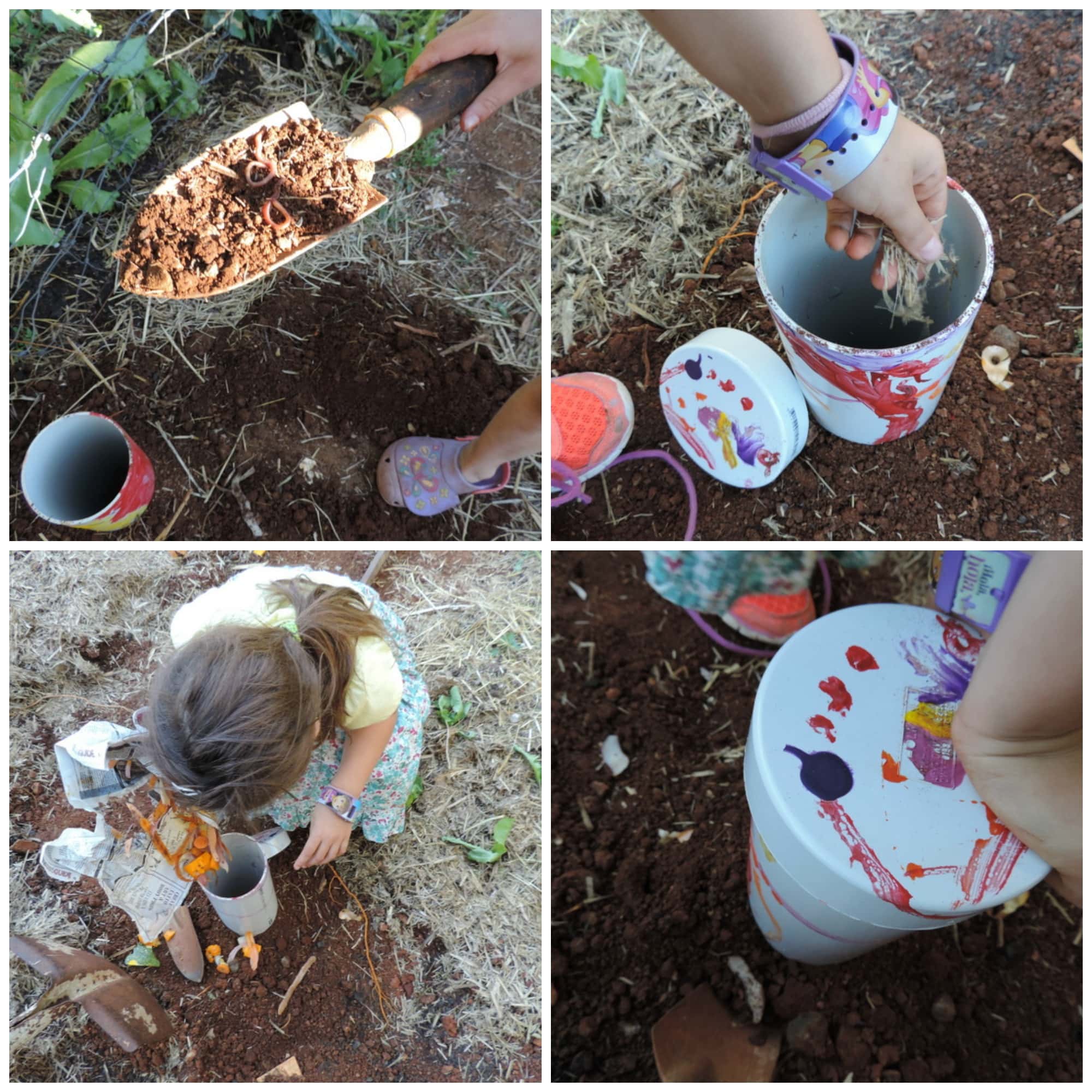
- Build a simple bug hotel to create a safe habitat for local bugs and insects to make their home. Even if you don't have a big space outside you can create smaller portable versions like this one from Red Ted Art.
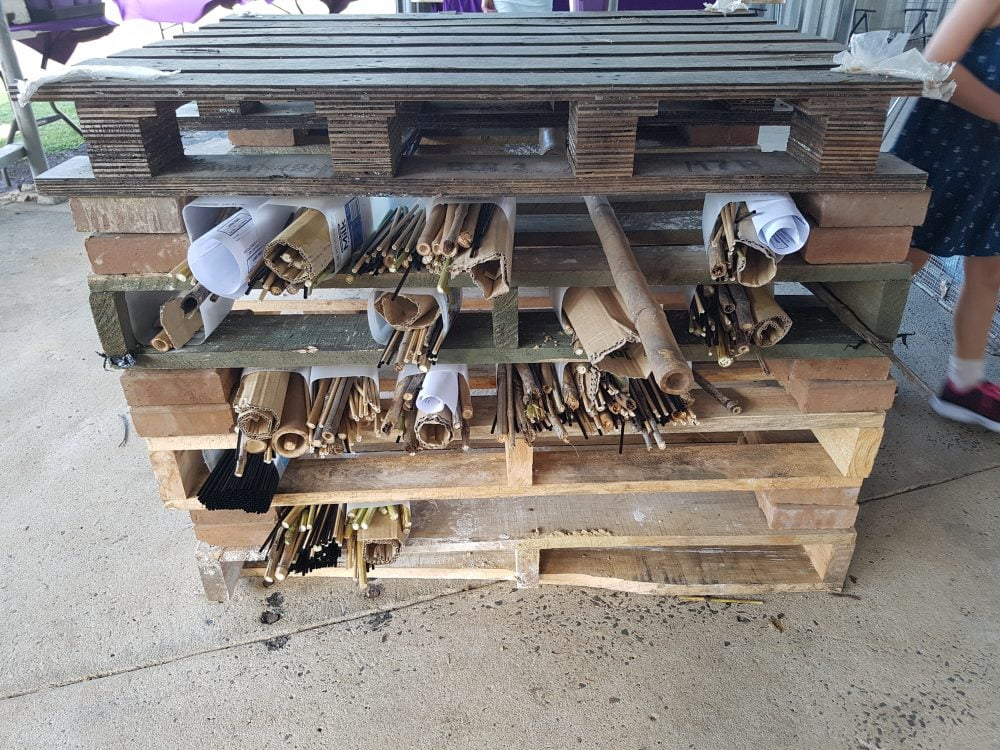
- Introduce compost piles & groundcovers to your outdoor spaces to provide safe areas for insects, worms, bugs, frogs and lizards to shelter and thrive. Show the children how continuing to add debris such as logs, leaves and mulch you can improve on the soil condition, which in turn helps the plants to also grow which then leads to further biodiversity. Show through your actions how it all links together! .If you don't want a large compost pile in your yard why not at least spread a little mulch on the garden beds or pots or explore how and why compost works by making some small compost bottles or a bin. You can learn more about how to make a compost bottle with the children or how to make your own compost bin here.
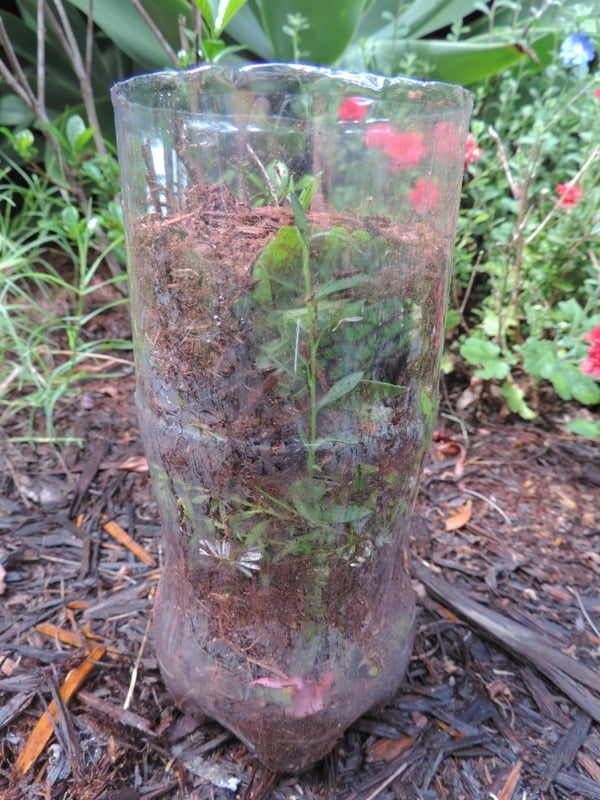
- If you have the space in your outdoor area try to grow some native plants & fruit – these provide nectar and seeds for local birdlife and some insects. If you have a smaller yard you can find dwarf varieties that grow well in pots. Try some of these varieties if you live in Australia.
- If you have the space and enjoy gardening plant a small vegetable or herb garden (or make this space saving sensory tower if short on suitable planting areas). Read more about how we created our children's vegetable garden for family daycare here.
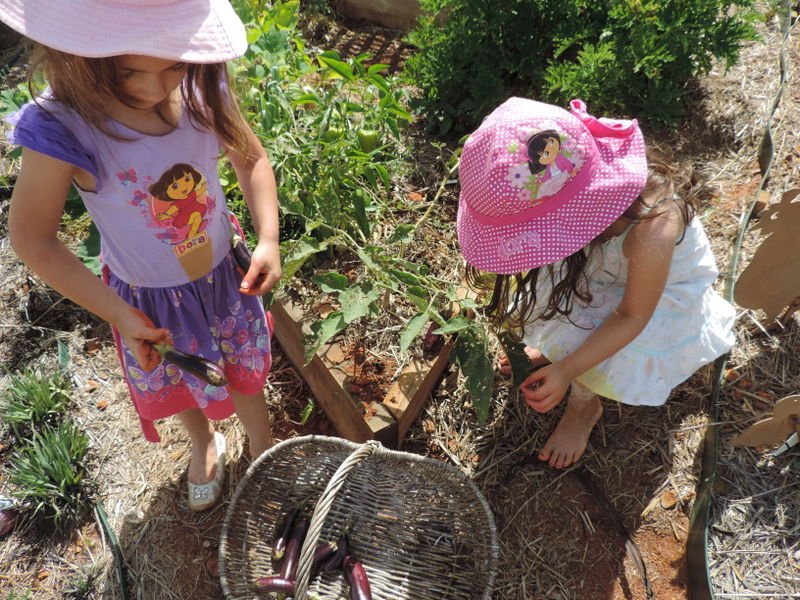
- Work together to create a pond or water habitat for small creatures including frogs. See how Let The Children play explored this process here.
- Make sure to include rocks, logs, leaf matter and bush rocks wherever you can in your outdoor spaces.

- Search for tree hollows or make some nesting boxes together to provide safe spaces for birdlife and other animals to shelter and raise their young.
- Think about how you could create an indigenous garden to encourage living things to visit your outdoor space. Work on a group project to research and select indigenous plants that will provide food for your local birds, bats and possums as well as food for the insects they eat! Read more about how to begin growing an indigenous garden here.
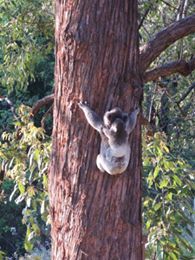
- Include small water sources around the outdoor environment for living creatures and also for children to use to water and look after the plants and gardens. Obviously you need to keep safety and the ages of the children using the space in mind.
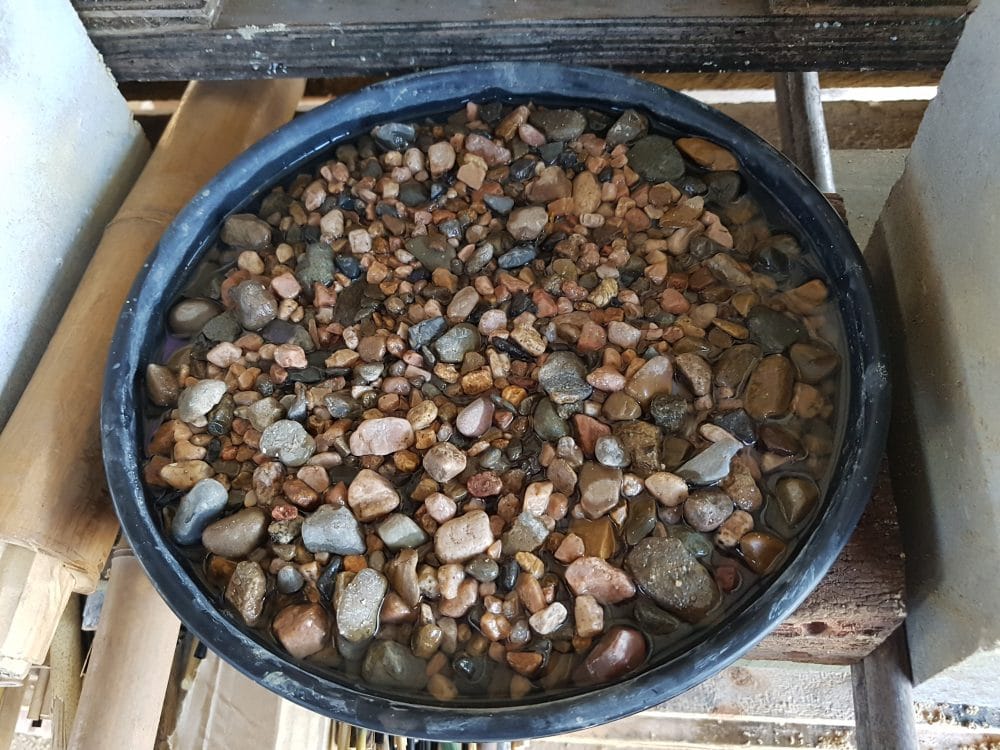
Pets – why include them in our outdoor play environments?
- They offer children the responsibility for feeding, exercising,cleaning.
- Encourages planning ahead for weekends and holiday periods.
- Helps children to build connections, confidence and trust.
- Provides opportunities to learn about lifecycles.
- Provides company and stress/sensory relief for children and adults.
- Promotes empathy and communication.
- Allows children to learn about animals in real life scenarios and environments.
- Provides opportunities for children to feel connected, take responsibility and contribute to the wellbeing of other living things.
Considerations to be aware of and possible steps that must be taken before inviting pets into play spaces.
- Be aware of all allergies & possible phobias of all children using the space.
- A risk/benefit analysis will need to be completed.
- You will need to create steps and paperwork to ensure family input, feedback and communication is sought and taken into account.
- Handwashing policies may need to be updated to reflect hygiene and self care after playing with animals.
- Be realistic and identify the space you have available – ensure an area pets can be made inaccessible to the children to allow the pets to rest or in case of children presenting with phobias or allergies on certain days.
- Create clear guidelines in writing for who will be responsible for the pets on weekends and holidays. Will they stay in the care area or do they need to be boarded with a professional service?
- Put in place clear and simple processes for cleaning any bedding, cages etc. Make sure this is explained and understood by other staff, children and families.
It is important to encourage children to explore their backyard environment through play and investigation.
Don't just have chickens or pets to look at! Find ways for children to engage, interact and practice responsibility with them. Initiate some of the practical ideas and suggestions below that will encourage children to engage in hands on learning with living things that stimulates their natural curiosity and sparks imagination and investigation to help them learn more about the world around them.

Active Learning with Living Things in Outdoor Play Spaces – More Projects to try with young children.
- Take photos of special animal friends that might visit your area frequently. Label & display for children to discuss, name and look at.
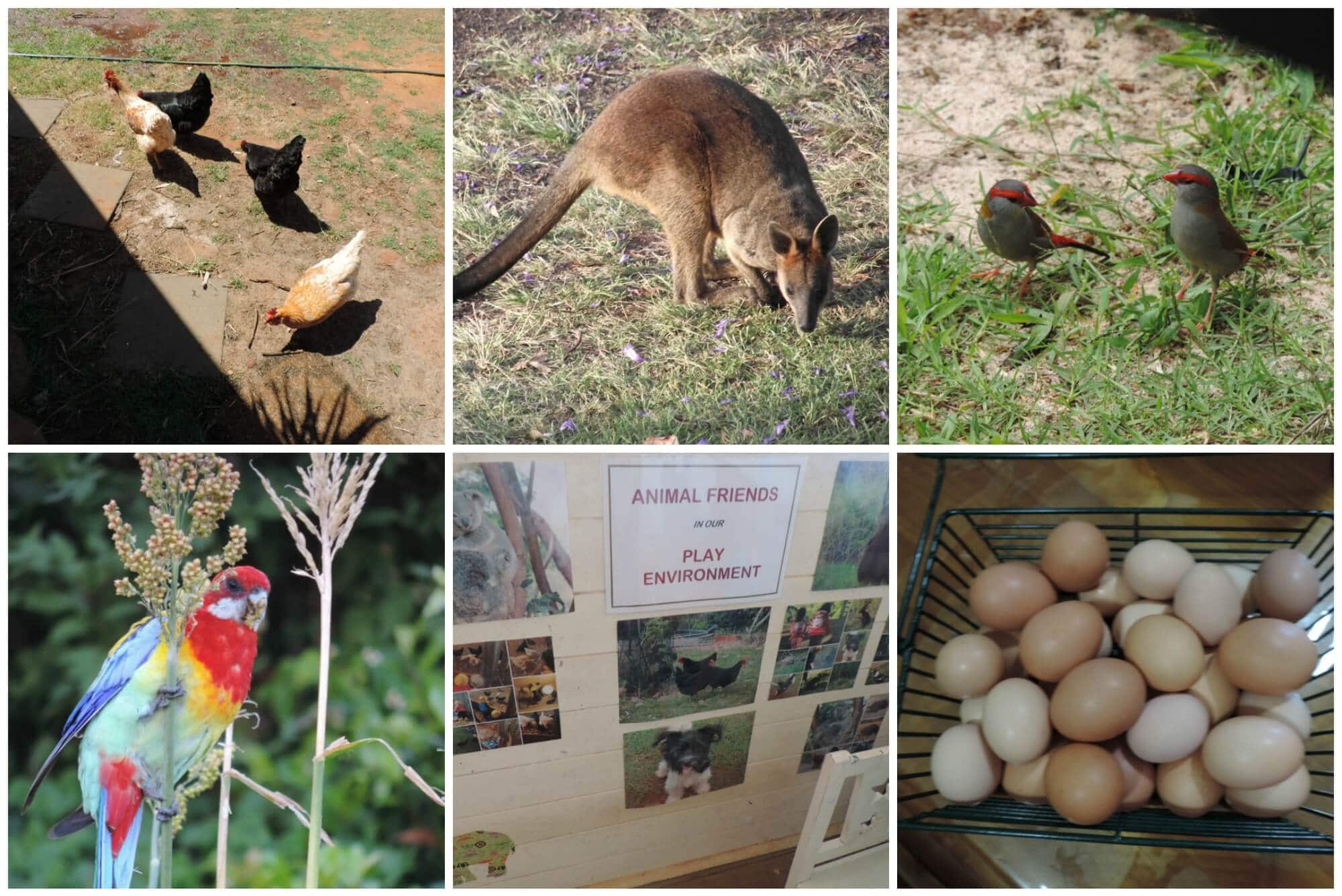
- Help older children to research on the internet to find basic information and pictures.
- Provide prompts for conversation about what they saw and where.
- Look at books and pick out bugs, animals and critters they might have seen or can look for.
- Go wandering outside with magnifying glasses, bug catchers and baskets to collect natural treasures and living things to investigate in greater detail.
- Display photos and information about things the children have seen on your nature walks or in the backyard. Incorporate familiar animals and bugs into craft, story and song time.
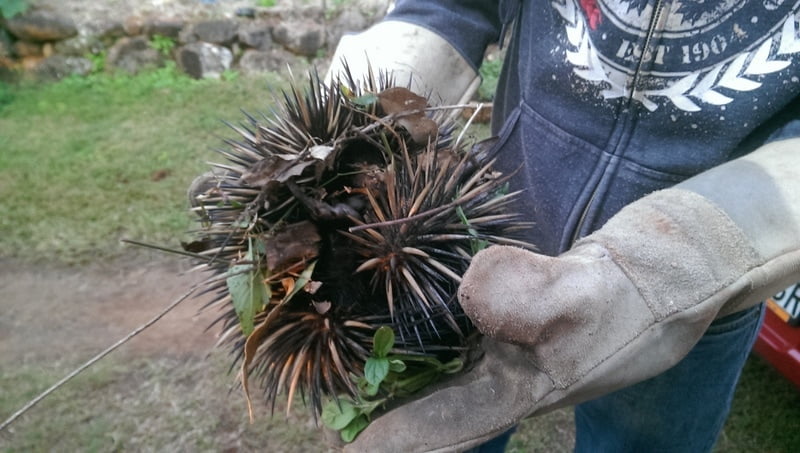
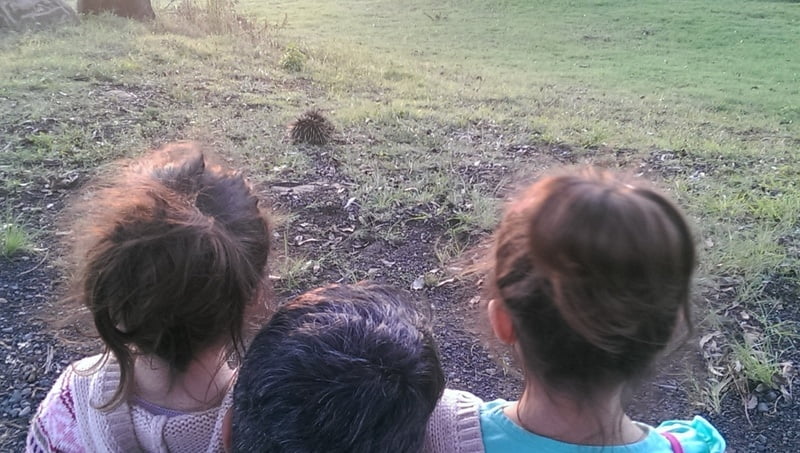
- Collect a bug or insect and make a temporary habitat for them. Research what sort of habitat they need by seeking out information in books, watching videos or visiting local community centres.
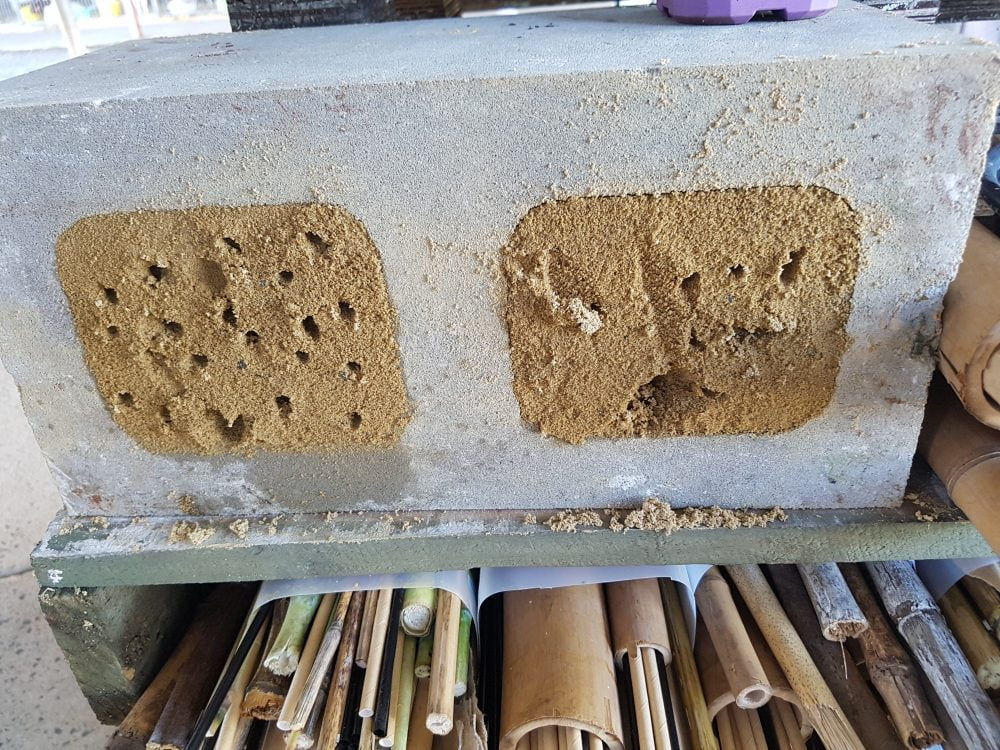
- Observe & discuss lifecycles as they unfold.
- Go on a birdwatching excursion with notepads, pencils for sketching, camera & binoculars.
- Go on an excursion to a community garden – talk to the people who are working on their gardens, identify any living creatures, bugs and insects they see, ask how they control any pests.
- Build nesting boxes & bird feeders with scrap wood and tools.
- Go on a hunt for ‘dirt creatures'.
- Make some eco friendly (and kid safe) garden pest control solutions together. Try some of these recipes.
Gardening & Bio-Diversity with young children – 7 Tips to Keep it Simple!
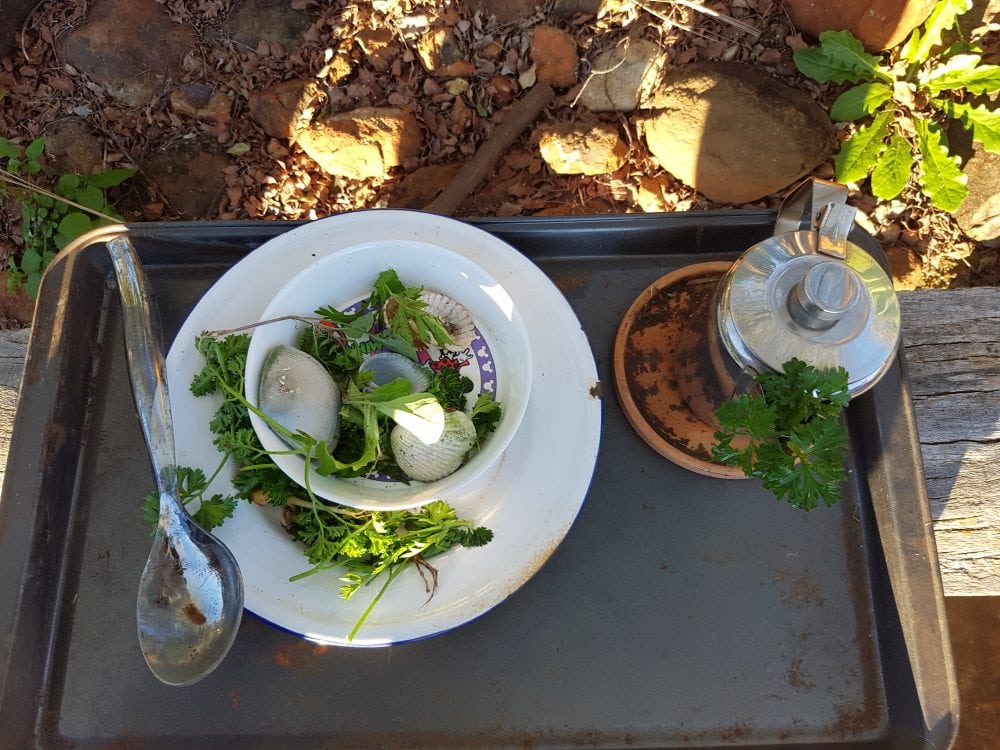
- Plant a small garden or create smaller sections of gardens in a large space – it means less weeds to pick! After the children pick the weeds turn them into this useful fertilizer that the children can then use to improve the soil.
- Ensure real tools, watering cans, boots and gardening gloves are easily accessible in children's sizes for them to use as they need.
- Sow from seed – choose quick growing plants like beans, radish, sunflowers, silverbeet, pumpkins, cherry tomatoes, wildflowers that offer fast result for effort to help keep interest and enthusiasm going.
- Create paths & walkways in your vegetable or flower gardens to lessen trampling as children learn to care for the plants and harvest. It could be as simple as laying down some straw, sawdust or an old plank.
- Use pots or raised beds if short on space – create mini gardens using milk bottle containers or tins.
- Show the children how to make their own plant ‘signs' to help promote a sense of ownership & responsibility. We like to cut up the plastic milk bottle containers into 2-5cm wide arrow shapes then colour or write on them using sharpies. Press the arrow tip down into the soil so you can identify by the picture what is growing or who the owner of that plant is.
- Don't use chemicals or pesticides so you don't need to stress about the children picking leaves or harvesting produce to eat straight away.

What are children learning in the garden?
- Looking after a garden offers children the opportunity to learn about food cycles, how produce goes from the garden to our plate, where food comes from, how it is transported.
- Allows them to work through the process to a final product. What steps are essential?
- How to look for and recognise the signs that vegetables & fruit are ripe, not yet ready or rotting.
- How to count, sort, group and measure.
- Simple concepts of nutrition, wellbeing and physical activity.
- Understanding, independence, self help skills & self confidence.
- Cooperation, teamwork and communication.
- How to harvest, collect seeds and replant to complete the cycle.
- Explore concepts of hygiene & safety and the importance of washing food before eating.
- Learning to use real garden tools and equipment to prune, dig, chop, water.
- How to take real action to enhance biodiversity in their local environment.
- How to care for other living things and why it is important.
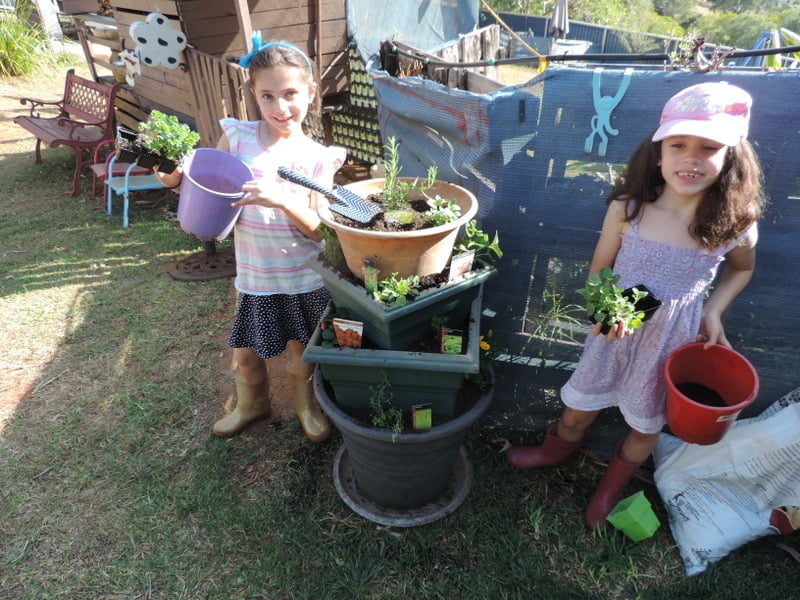
How can we use water responsibly in outdoor play spaces?

- Show children how to help reuse the water play when finished to water gardens and pots.
- If you have the budget, install tanks to collect rainwater. Encourage children to use responsibly for water play, to water plants and look after habitats.
- Put in place a system to identify and repair leaks. Children love to take on the important role of searching for leaks – add a clipboard, badge and special vest and it becomes a whole lot of fun!
- Monitor water usage by comparing the water bills each quarter. This is an interesting activity to do with school age children and you can easily turn it into a challenge to try and use less water each month or talk about why the bill went up or down. What factors might have impacted on water usage. What did they do differently?
- Mulch gardens together and explain how this cuts down on water evaporation.
- Encourage taps to be turned off when handwashing or using the hose.
- Keep watering cans near tanks & water play so children can make their own decisions about whether to water the plants or other areas outside.
- Make your own rain gauges using drink bottles and measure the water collected – decide together how you can use that water.
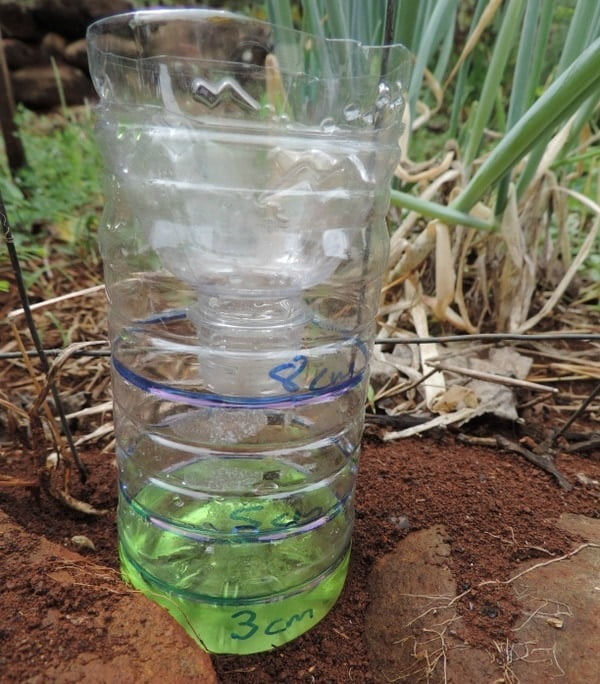
How can we reduce waste in our outdoor play spaces?
- Try buying sand, gravel, dirt, pebbles, stones etc in bulk from landscape suppliers rather than using small prepackaged bags from shops. This saves on transport costs and cuts down on packaging waste.
- Ensure you don't skip the ‘assess and reflect' step we discussed earlier in Part 1 of this series when first thinking about redesigning or revamping spaces. Try to avoid the ‘let's throw every bit of plastic out and start over with new eco friendly equipment' perspective. This goes against the grain of core sustainability practices! What can be reused with a bit of care or upcycled before being thrown out?
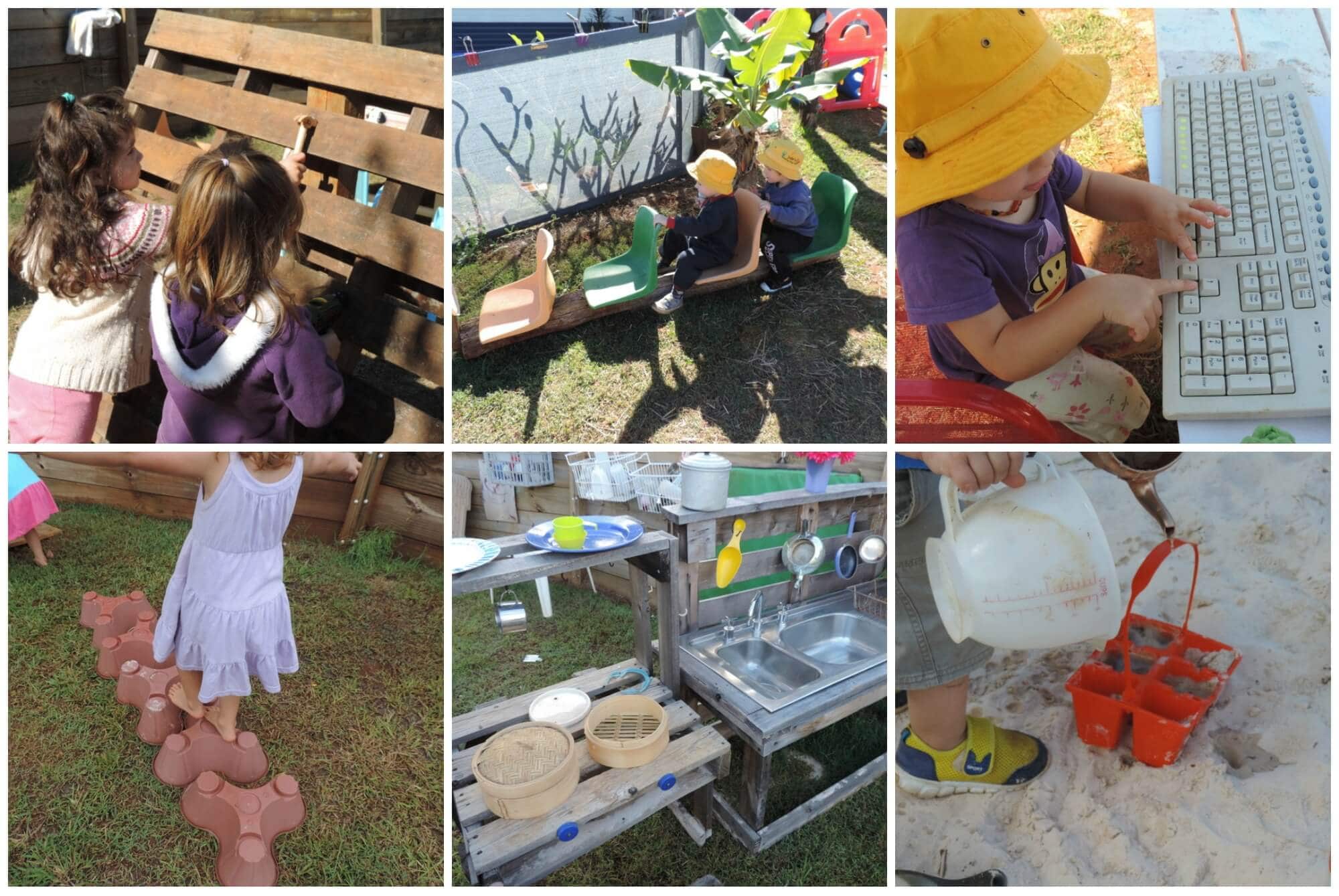
- Search op shops, recycle centres, markets and garage sales for interesting treasures you can turn into budget friendly play equipment for your outdoor spaces. Revisit Part 2 of this series for more ideas to try. When you do buy new equipment try and select items that have been made sustainably or from recycled materials.
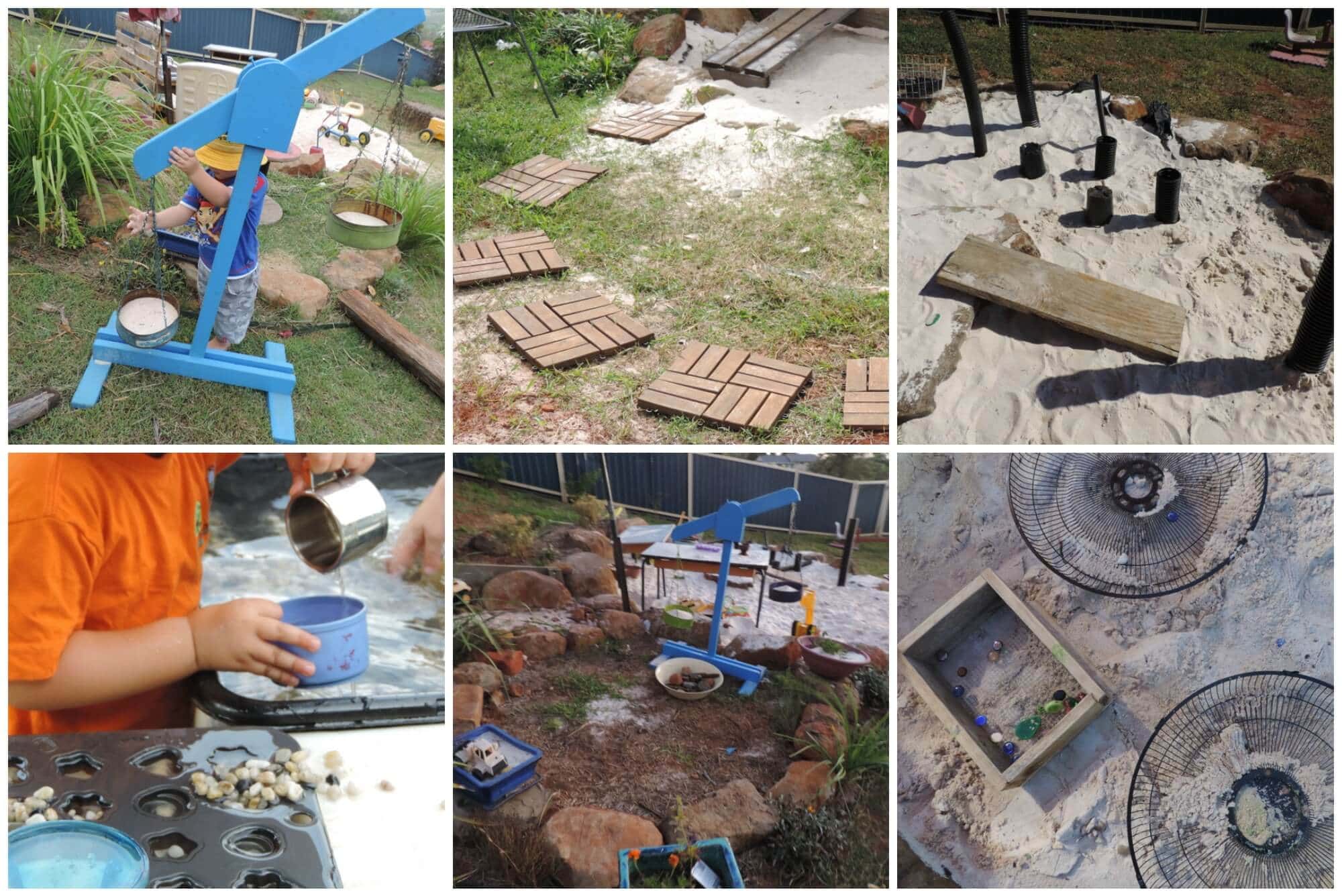
- Create a simple waste system that allows children to easily sort waste into rubbish, organic and recycling as part of a regular routine. Depending on your service and outdoor environment that might mean tabletop bins for food scraps that go to the chickens or worms or perhaps just to the compost pile. I like to use the small wheelie bins and I add large visual labels so the children can actively sort waste. We have larger bins for wood scraps, toys and clothes for donation, paper and recyclables for craft. Smaller tabletop bins for organic waste. I've created some labels for you to print and add to your own bins. Download them here.
- Set up a compost pile or bin for organic material – this includes green waste from the garden!
- Use the weeds you pick from the garden and turn them into a liquid fertiliser as mentioned earlier in this article.
- Recycle any boxes and packaging for loose parts play outdoors – encourage children to use the materials and direct their own play.
- The outdoor environment is perfect for getting messy and making your own craft materials instead of buying. Children of all ages will love helping you dye pasta, make playdough, goop, soap slime, coloured sand etc.
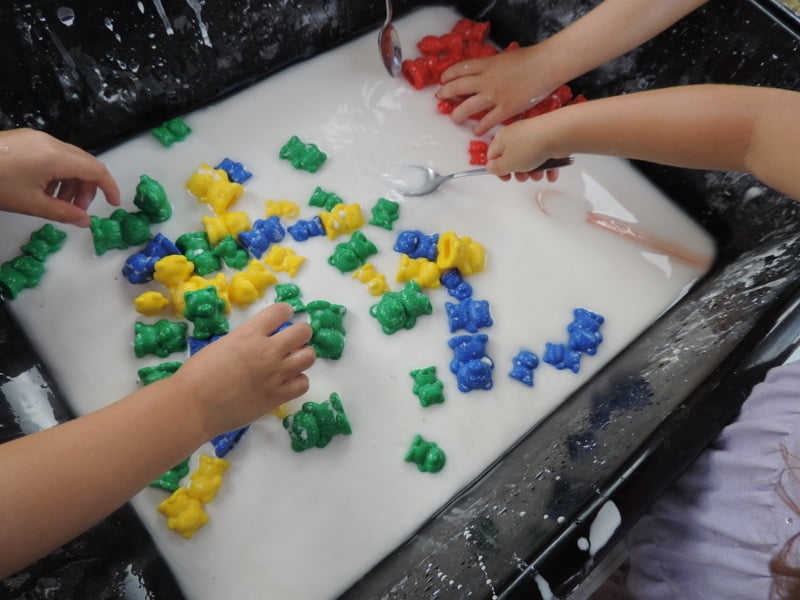
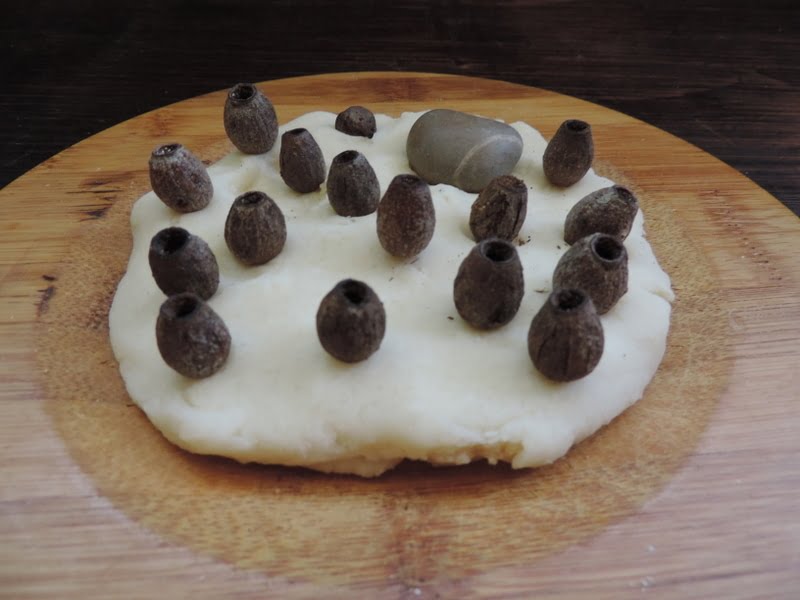
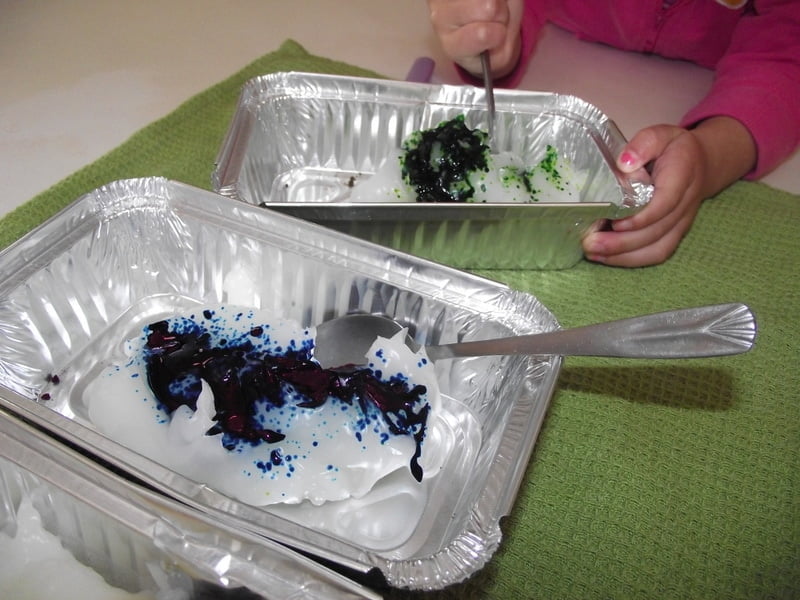
- If you have vegetable or herb gardens use the produce in your weekly menus, cooking activities with the children or share with families.
- Discuss the differences between biodegradable and non biodegradable materials and how this impacts on our waste and landfill. Read through this post from Mother Natured for some ideas using outdoor materials.
Feeling inspired to start incorporating some hands on sustainability into outdoor play spaces yet? Remember to start with small steps and include the children along the way!
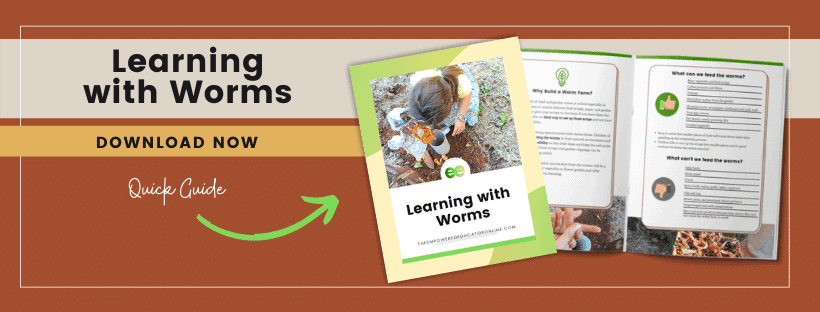
Leave a Reply